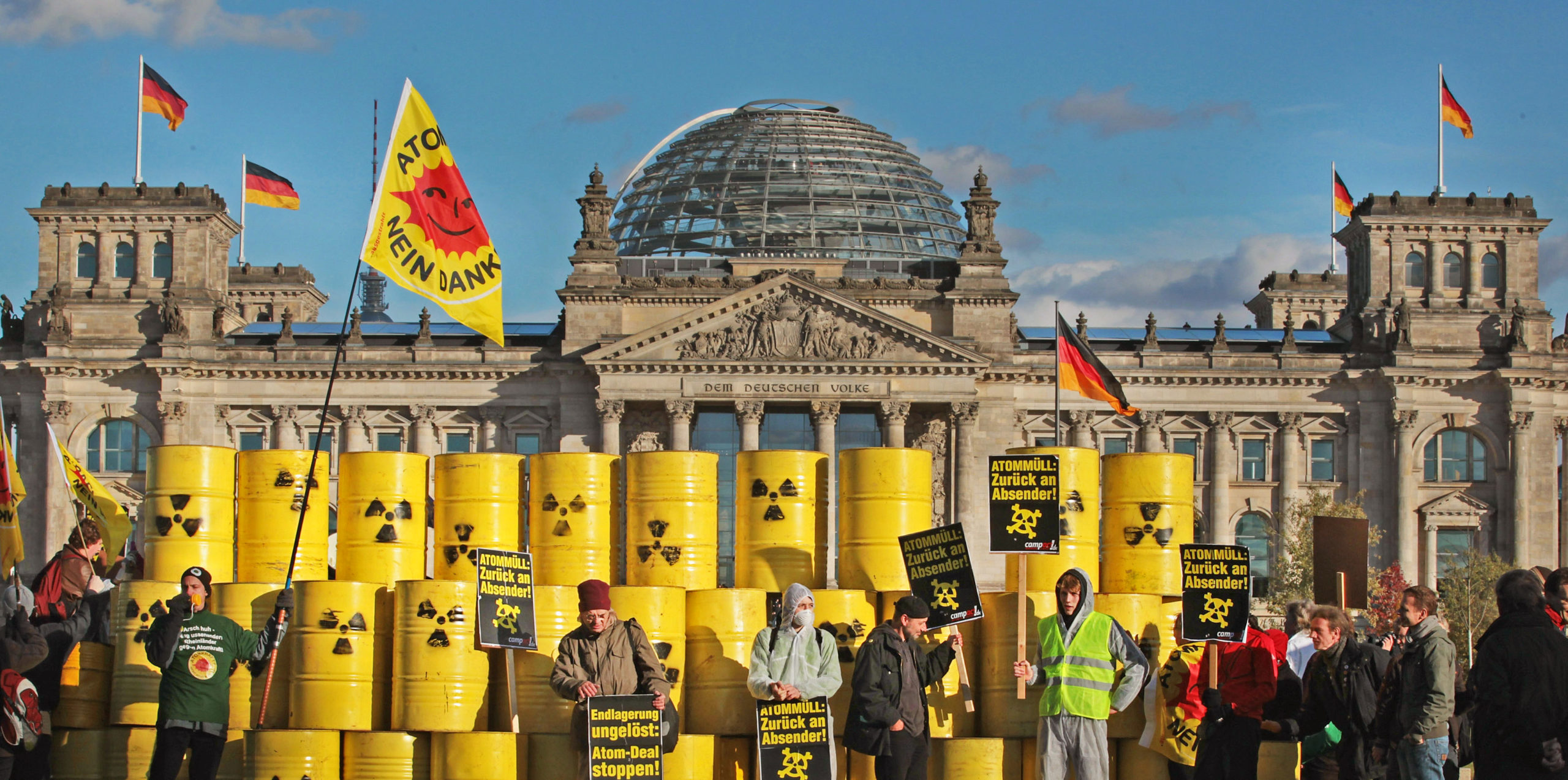As Germany stares down the barrel of an energy crisis, it’s lights out already in the capital. The Red City Hall, the presidential palace and the Victory Column are among the 200 sites in Berlin that will no longer be illuminated at night. The Deputy Governing Mayor, Bettina Jarasch, said her city wanted to make a “visible contribution” to the changes required in light of Putin’s weaponisation of Germany’s energy dependency.
But switching off 1,400 spotlights isn’t going to be enough to pull Germany back from the brink. Last week Russia cut gas deliveries through Nord Stream 1 down to 20% of capacity. Beginning this week, Germany will no longer import coal from Russia and from 1 January 2023 it will stop importing Russian oil too. Last year it still sourced 55% of its gas, 50% of its coal and a third of its oil from there. While much of the debate has concerned heat production, fossil fuels also still accounted for nearly half of electricity generation in 2021.
Economy Minister Robert Habeck has called on businesses and households to reduce energy consumption. The country’s largest landlord has already announced a cap on heating for its tenants. Public swimming pools have been closed. Over a fifth of Germans have reduced heating at home.
But it won’t be enough. The Federal Network Agency warns that “the situation is tense and a further worsening of the situation cannot be ruled out”. Germany will not get around replacing the huge loss of Russian imports. The government wants to produce 80% of electricity through renewables by 2030 and have two LNG terminals ready by the end of the year. Both are great ways to source green energy, but neither will help get Germany through the immediate crisis. Oil and domestic coal (including brown coal, the most polluting fuel of all) are stepping into the breach.
Despite the urgency of the situation and the catastrophic environmental consequences of a resurgence of brown coal, the government still resists a continuation of Germany’s remaining three nuclear power plants. They are due to be shut down by the end of the year despite producing 6.4% of electricity. In the early 2000s, Germany still produced nearly a third of its power in this comparatively clean and efficient way.
The nuclear debate has always been ideological. Chancellor Scholz claims that a continuation of the remaining three reactors is ‘impossible’ while Habeck argues that nuclear energy cannot replace gas since the former is used to produce electricity, the latter heat. Yet at the same time, 15.5% of electricity in Germany is currently produced by burning gas.
It’s high time that the German government abandons outdated objections to nuclear energy. Joachim Bühler, responsible for safety inspections in the country’s reactors has said that not only can the current three remain running safely but also that the three switched off last year could be reactivated. He told Habeck as much back in March. The six reactors produced over 12% of electricity last year and could therefore free up almost all of the gas currently used for this purpose for heating. Polls indicate that 70% of Germans would be happy with a continuation and even 54% of those who voted for Habeck’s Green party agree.
When Russia invaded Ukraine, Scholz declared this a Zeitenwende, a watershed moment. He should now follow these words with actions, as painful as it may be for the country’s centre-Left politicians to abandon their anti-nuclear traditions. Germany needs a radical rethink of its energy policy for its own sake — as well as Ukraine’s.











Join the discussion
Join like minded readers that support our journalism by becoming a paid subscriber
To join the discussion in the comments, become a paid subscriber.
Join like minded readers that support our journalism, read unlimited articles and enjoy other subscriber-only benefits.
Subscribe